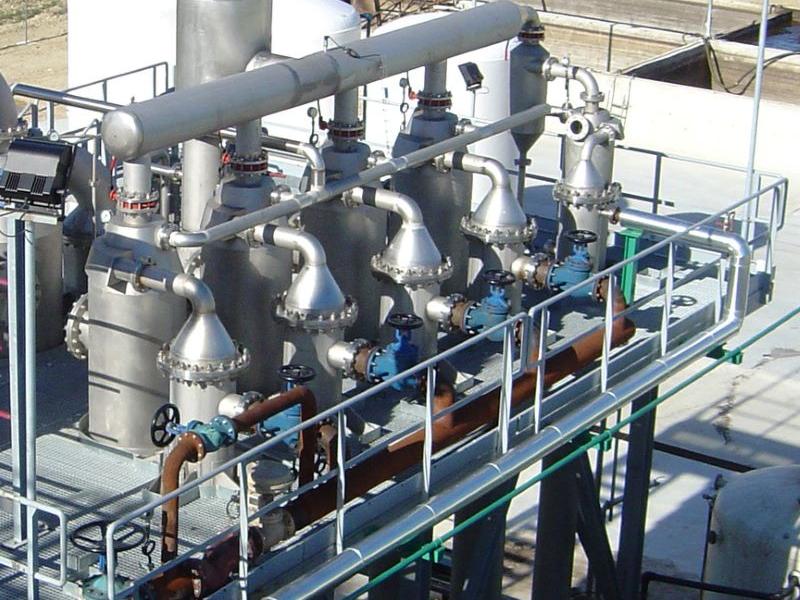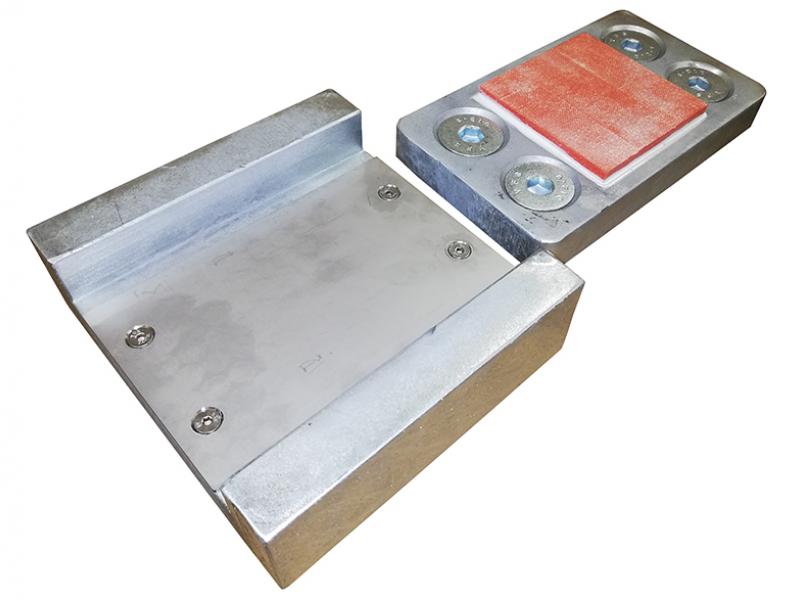Like many other aspects of business and society, the design and operation of modern buildings today depends on a complex interaction of computer systems and technologies. While this greatly accelerates efficiency and performance, it doesn’t come without attendant risks, among which is the threat of cyber security breaches.
“As technology is increasingly applied to aid and accelerate building design and operation, cognizance of the system and information security risks is necessary,” confirms Dona White, CEO of North Port Events. The company’s Facilities Integrate exhibition is taking place in Auckland on 3-4 November and covers the intersection between information technology and modern building design, construction, management and operation.
Explaining how buildings are created today (including the recently opened ASB Theatre in the Wynyard Quarter), she says an approach called Building Information Modelling (BIM) is used.
This is a collaborative effort that depends on a single coherent system of computer models to save costs and time, deliver greater accuracy in estimation, and reduce or avoid error, alterations and reworks due to information loss.
BIM in turn rests on a Common Data Environment, which provides a single repository for information for any given project, that is used to collect, manage and disseminate all relevant approved project documents for multi-disciplinary teams as part of a managed process.
As it moves through the Common Data Environment, information is audited, monitored and tracked; the information develops across the lifecycle of the building or structure.
White points out that, like any other sensitive data, this information has to be appropriately safeguarded, governed and curated to maintain quality and integrity. “Cyber security is an integral component of this process of governance – and cyber security doesn’t just mean technology, it includes people, process and governance issues and their inter-relationships.”
BIM itself, she points out, involves a complex interaction between governance, people, process and technology. As such, it is necessary that all who are involved in a BIM project understand cyber security implications and take the appropriate precautions.
Furthermore, the construction and facilities management industries are making greater use of ‘general purpose’ communication and collaboration systems, which can provide opportunities for hackers or malware (malicious software) to compromise BIM systems.
“Protection of information and operations in cyberspace has to take this into account. Protection of key information models, including plans, business cases, designs, tender specifications, financial models and contracts, is essential to maintain a sustainable and competitive business,” she says.
Good cyber security involves putting in place appropriate mechanisms, which include security awareness, security policies, supporting business processes and technical solutions. The level of cyber security protection required will depend on the threats and risks involved, which in turn will be determined by factors including the location of the building, its profile and attractiveness as a target, its planned use, the nature of the occupiers and their line of business and more.
Specific to BIM, threat assessments need to be developed and updated across the building lifecycle, taking into account these factors that can and do change over time; the threat assessment will differ for every building, and it guides the selection of specific cyber security policies, processes and technical solutions.
“What is certain, however, is that cybersecurity today is a pervasive requirement. It doesn’t matter what line of business you’re in, information security is a part of that; in the design, construction and operation of modern buildings, a specific approach to cybersecurity is an integral component of safe and secure environments,” White concludes.
Facilities Integrate, now in its second year, is a trade-only event taking place in Auckland on 3 and 4 November at the ASB Showgrounds. It showcases products and services aimed at facility management, IT, AV and related industries, and brings together the people who make buildings smarter, safer, and more efficient.
Issued on behalf of Facilities Integrate by PR Republic.
Contact
Leandri Smith, PR Republic
027 365 9003
leandri@prrepublic.co.nz






